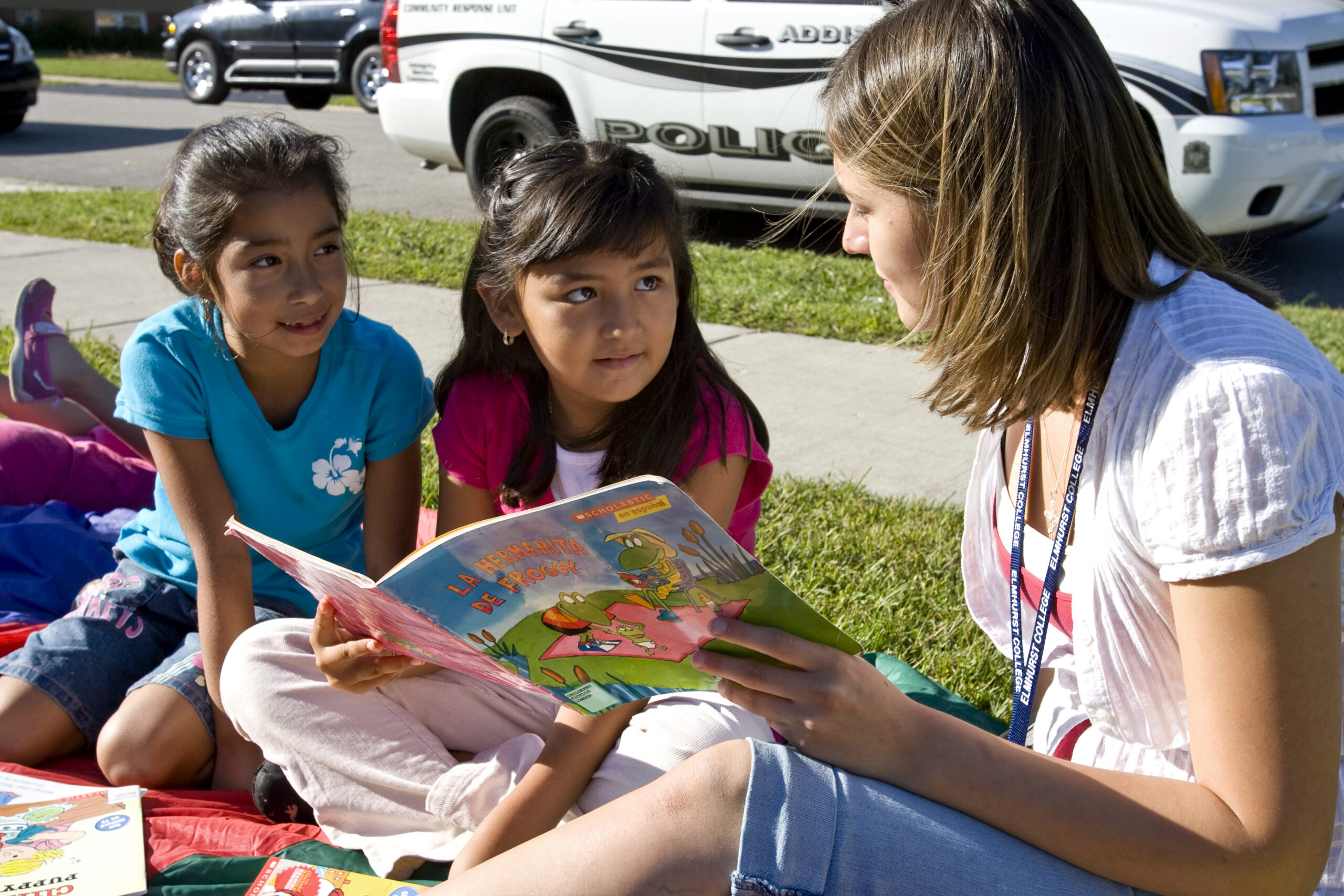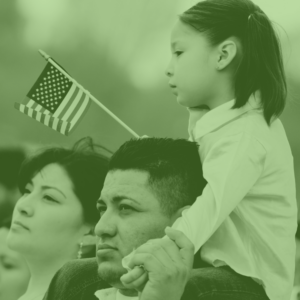
- Cognitive Growth: Learning in two languages strengthens problem-solving, memory, and flexibility in thinking.
- Stronger Identity: For English Learners, it validates and celebrates their home language, turning it into an asset. For native English students, it opens doors to new cultures and perspectives.
- Future Opportunities: Bilingualism is a huge advantage in today’s global job market and is increasingly recognized by colleges and universities.
- Empathy and Connection: Dual language classrooms create spaces where children learn to collaborate across cultures, developing respect and understanding.
As a former Chief Officer, leading Multilingual Education in Chicago Public Schools, I recall visiting numerous schools offering Dual Language Education programs. The environments were culturally rich, student work reflected high quality instruction, and community engagement was always visible in school events.
- Learn about the options available in your district.
- Talk with other parents who share your interest in bilingual education.
- Advocate at your school board or local meetings, schools often seek community feedback.
- Celebrate bilingualism at home by encouraging reading, music, and conversation in both languages.
The Latino Policy Forum offers workshops for parents and educators to learn more about Dual Language programs and the Illinois Seal of Biliteracy. Visit Webinars & Workshops for more information.





